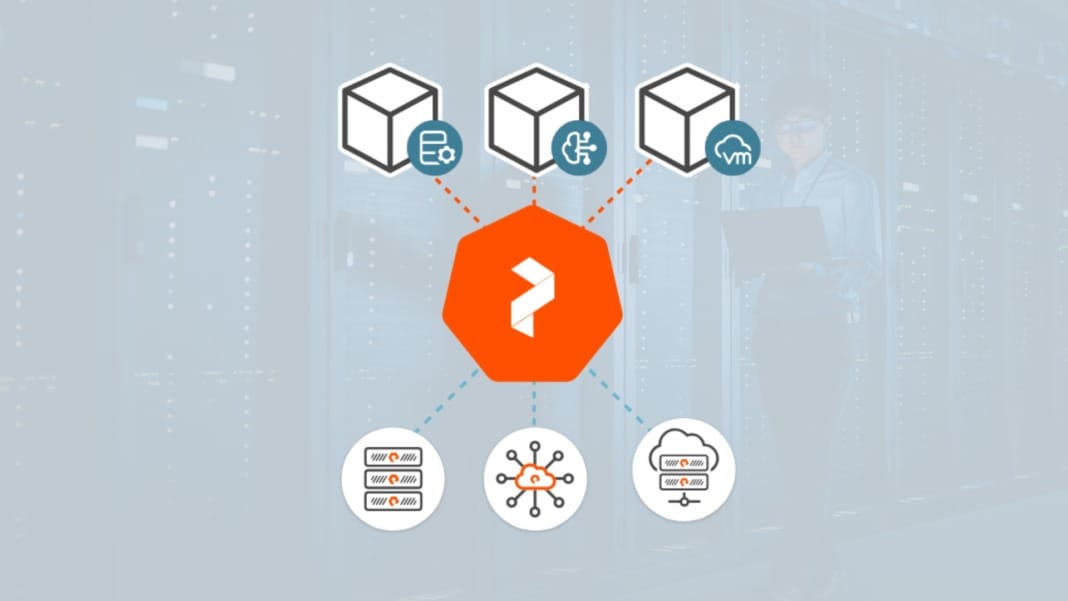Pure Storage announced that it has launched a major update to its Portworx Enterprise platform, designed to help organisations achieve modern virtualisation at an enterprise scale. This move addresses growing concerns around cost efficiency in virtualisation, offering businesses the flexibility to modernise at their own pace.
The announcement comes at a time when Broadcom’s acquisition of VMware has caused many companies to seek alternative solutions to avoid significant price increases. Kubernetes has emerged as a popular choice, enabling enterprises to manage both virtual machines (VMs) and containers on a single platform. This supports cloud-native application development and strengthens infrastructure modernisation efforts.
According to a 2024 survey of Kubernetes experts, 81 percent of enterprises are planning to migrate or modernise their VMs to Kubernetes, with nearly two-thirds aiming to do so within the next two years. However, the transition brings new challenges that Portworx Enterprise 3.3 aims to address.
High performance and enterprise-grade data protection
With the launch of Portworx Enterprise 3.3, Pure Storage has expanded its container data management platform to fully support VM workloads at an enterprise scale. Known for delivering high performance, data resilience, and data protection for mission-critical workloads, Portworx now offers organisations a more streamlined and reliable production environment. The platform is expected to help enterprises achieve cost savings of 30 to 50 percent compared to other options, making modernisation more accessible without the need for heavy resource investment.
Portworx Enterprise 3.3 introduces RWX Block for KubeVirt VMs, supporting powerful read and write capabilities on FlashArray or any other storage vendor. This enhancement is designed to boost high-performance storage for VMs running on Kubernetes.
The new release also simplifies data management. Enterprises can now oversee their data from a single management plane, featuring synchronised disaster recovery for VMs running on Kubernetes with zero data loss (zero RPO). Furthermore, Portworx supports file-level backups for Linux VMs, enabling more detailed backup and restore options.
Expanding integrations across the Kubernetes ecosystem
Portworx Enterprise 3.3 strengthens its position in the Kubernetes ecosystem through partnerships and integrations. Customers can now access reference architecture and integrate Portworx with KubeVirt solutions from SUSE, Spectro Cloud, and Kubermatic, alongside its existing collaboration with Red Hat.
Venkat Ramakrishnan, Vice President and General Manager of Portworx at Pure Storage, said, “Built for Kubernetes, Portworx offers the scalability, automation, and self-service capabilities required to support the churn and elasticity of cloud-native applications. Portworx Enterprise 3.3 addresses C-suites’ virtualisation concerns around cost efficiency by allowing data storage stakeholders to go at their own pace in their modernisation journey due to its unified platform and multiple integrations.”
Mitch Ashley, Vice President and Practice Lead for DevOps and Application Development at Futurum, added, “Kubernetes is the dominant platform for containerised workloads of all types, from VMs to fully cloud-native applications. With Portworx 3.3, Pure Storage is bringing together a scalable data management platform with a simplified workflow across containers and VMs. That’s appealing to enterprises modernising their infrastructure, pursuing cloud-native applications, or both.”
Steven Dickens, CEO and Principal Analyst at HyperFRAME Research, described the release as a significant step forward. He said, “Portworx Enterprise 3.3 represents a game-changer for organisations modernising their virtualisation environment, delivering a robust, cost-efficient platform that seamlessly supports both VMs and containers on Kubernetes. With Portworx projecting cost savings of 30-50% compared to traditional alternatives, this solution empowers enterprises to optimise their infrastructure without compromising performance or scalability, making it a robust choice for production environments at scale.”





